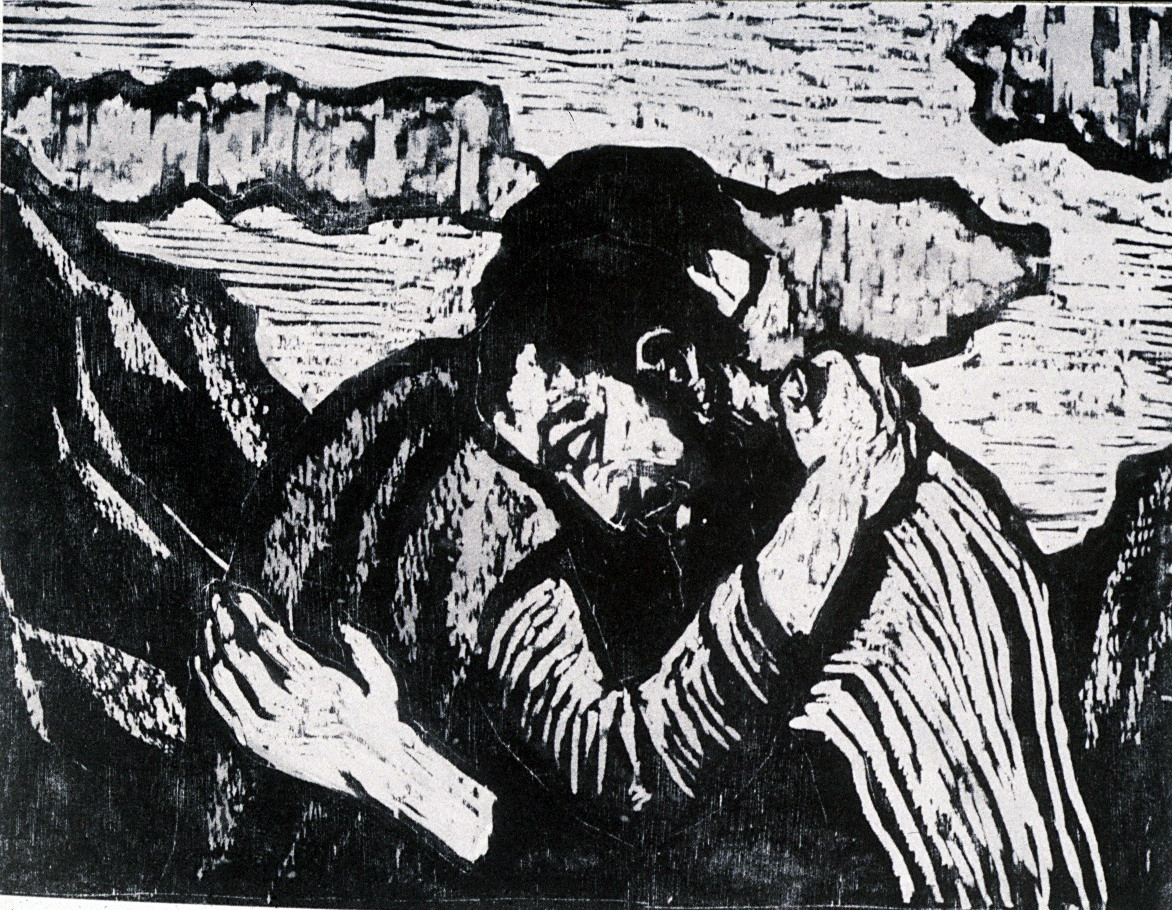Jacob and Esau
On the Collective Symbolism of the Brother Motif
By Erich Neumann
Edited and with an introduction by Erel Shalit
In 1934, Erich Neumann, considered by many to have been Carl Gustav Jung’s foremost disciple, sent Jung a handwritten note: “I will pursue your suggestion of elaborating on the ‘Symbolic Contributions’ to the Jacob-Esau problem . . . The great difficulty is the rather depressing impossibility of a publication.” Now, eighty years later, in Jacob and Esau: On the Collective Symbolism of the Brother Motif, his important work is finally published.
In this newly discovered manuscript, Neumann sowed the seeds of his later works. It provides a window into his original thinking and creative writing regarding the biblical subject of Jacob and Esau and the application of the brother motif to analytical psychology.
Neumann elaborates on the central role of the principle of opposites in the human soul, contrasting Jacob’s introversion with Esau’s extraversion, the sacred and the profane, the inner and the outer aspects of the God-image, the shadow and its projection, and how the old ethic—expressed, for example, in the expulsion of the scapegoat—perpetrates evil.
Mark Kyburz, translator of C. G. Jung’s The Red Book, has eloquently rendered Neumann’s text into English. Erel Shalit’s editing and introduction provide an entrée into Neumann’s work on this subject, which will be of interest to a wide range of readers, from lay persons to professionals interested in Jungian psychology and Jewish and religious studies.
Erich Neumann was born in Berlin in 1905. He emigrated to Israel in 1934 and lived in Tel Aviv until his death in 1960. For many years he lectured and played a central role at Eranos, the seminal conference series in analytical psychology. His writings include Depth Psychology and a New Ethic, The Origins and History of Consciousness, and The Great Mother. The correspondence between C. G. Jung and Neumann was published in 2015.
Cover design by Marianne Jankowski
Cover image: “Jacob and Esau,” by Meir Gur Arieh
Jacob returns to the Holy Land after 20 years in Haran. He sends angel-emissaries to Esau in hope of a reconciliation, but his messengers report that his brother is ready for war, with 400 armed men. Jacob prepares for war, prays, and sends Esau a large gift to appease him.
That night, the family of Jacob crosses the Jabbok River, while he remains behind and encounters the angel that embodies the spirit of Esau, with whom he wrestles until daybreak. Jacob suffers but vanquishes the supernal creature, who bestows on him the name Israel, “he who prevails over the divine.”
The Biblical account seems then to condense time, possibly indicating the significance of the proximity between the struggle with the angel and the meeting with Esau. Upon lifting his eyes, it says, Jacob saw in front of him Esau and his men, and bowed to his brother. Esau embraced him, and the two brothers kissed and wept in each other’s arms. Having found grace in his brother’s eyes, Jacob insisted on giving Esau his gifts, for “I have seen your face, as though I had seen the face of God.”
Based on this verse, Neumann elaborates on God and Esau, shadow and Self. In fact, this is the peak of his psychological study of the hostile brothers within the human soul, and forms the basis of his new ethic.

Jacob Steinhardt
Links
On YouTube: Jacob and Esau: FromJung's Discussion to Neumann's Book

Encouraged by Jung, in his book on the collective symbolism of the brother motif, Neumann began outlining ideas that he eventually would develop in some of his major works, such as Depth Psychology and a New Ethic. Neumann uses the story about Jacob and Esau to illustrate the polarities in the human soul, between introversion and extraversion, profane and sacred, the moon and the sun, both in Jewish tradition and universally, and the need to integrate the shadow, as illustrated in Jacob seeing both God’s face and his hostile brother in his struggle with the angel. In Jungian terms, we see the inevitable conjunctio of Self and Shadow.
Links to blog posts
The Roots of Jewish Consciousness
Erich Neumann: Jacob and Esau - on the collective symbolism of the brother motif
Erich Neumann: Jacob and Esau - Now available!
Jacob and Esau: On the Collective Symbolism of the Brother Motif
is available on Amazon, Chiron, Barnes and Noble, Book Depository, Books-a-Million, and other book sellers.

























